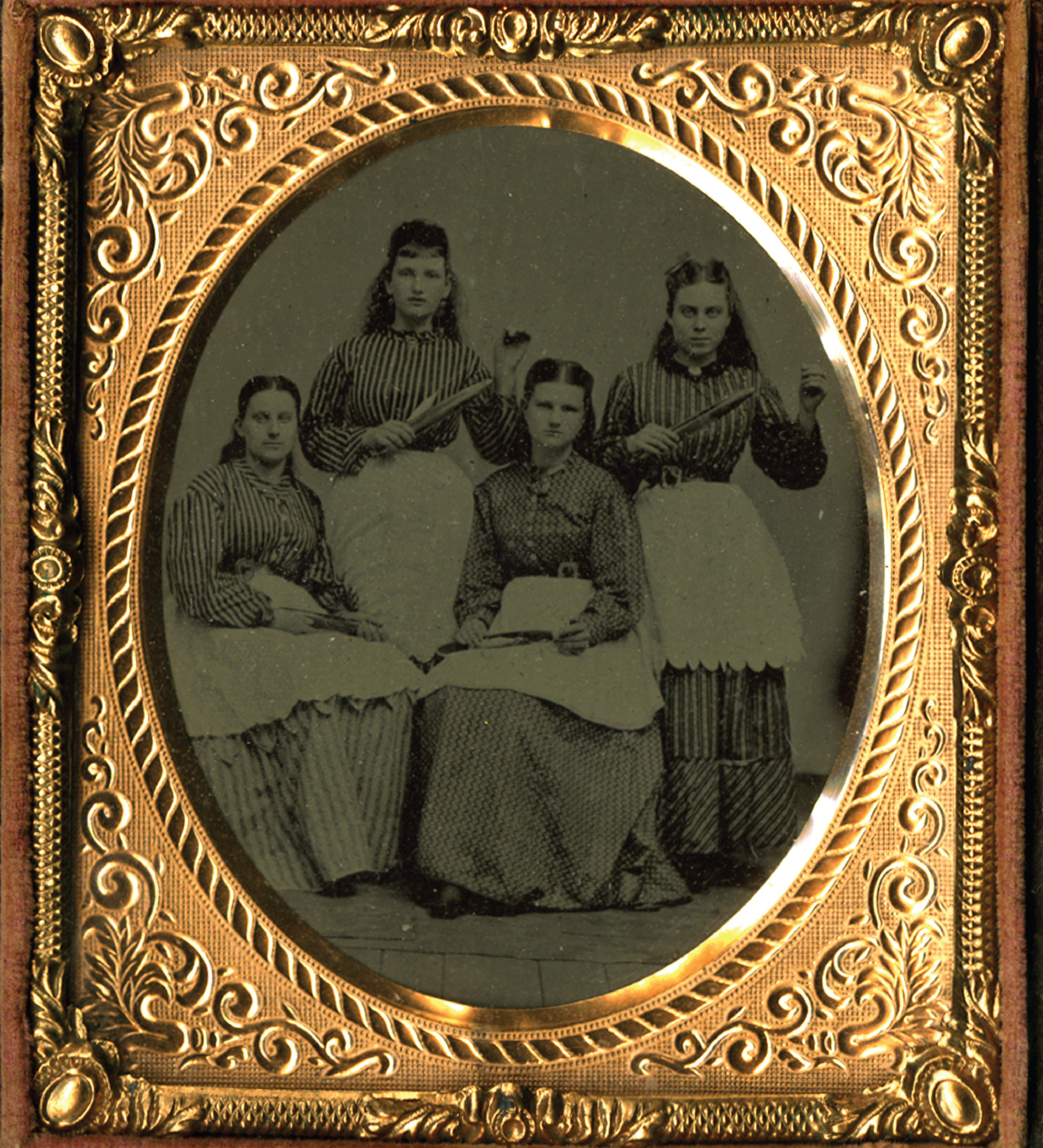Introduction for Chapter 9
CHAPTER 9 Transforming the Economy, 1800–1860
IDENTIFY THE BIG IDEA
What were the causes and consequences of the Industrial and Market revolutions, and how did they change the way ordinary Americans lived?
In 1804, life turned grim for eleven-year-old Chauncey Jerome. His father died suddenly, and Jerome became an indentured servant on a Connecticut farm. Quickly learning that few farmers “would treat a poor boy like a human being,” Jerome bought out his indenture by making dials for clocks and then found a job with clockmaker Eli Terry. A manufacturing wizard, Terry used water power to drive precision saws and woodworking lathes. Soon his shop, and dozens of outworkers, were turning out thousands of tall clocks with wooden works. Then, in 1816, Terry patented an enormously popular desk clock with brass parts, an innovation that turned Waterbury, Connecticut, into the clockmaking center of the United States.

In 1822, Chauncey Jerome set up his own clock factory. By organizing work more efficiently and using new machines that stamped out interchangeable metal parts, he drove down the price of a simple clock from $20 to $5 and then to less than $2. By the 1840s, Jerome was selling his clocks in England, the hub of the Industrial Revolution; a decade later, his workers were turning out 400,000 clocks a year, clear testimony to American industrial enterprise. By 1860, the United States was not only the world’s leading exporter of cotton and wheat but also the third-ranked manufacturing nation behind Britain and France.
“Business is the very soul of an American: the fountain of all human felicity,” author Francis Grund observed shortly after arriving from Europe. “It is as if all America were but one gigantic workshop, over the entrance of which there is the blazing inscription, ‘No admission here, except on business.’” Stimulated by the entrepreneurial culture of early-nineteenth-century America, thousands of artisan-inventors like Chauncey Jerome propelled the country into the Industrial Revolution, a new system of production based on water and steam power and machine technology. Simultaneously, thousands of traders fashioned a second great economic advance, a Market Revolution that exploited advances in transportation and business organization to expand trade in farm products and manufactured goods.
Not all Americans embraced the new business-dominated society, and many failed to share in the new prosperity. Moreover, the increase in manufacturing, commerce, and finance created class divisions that challenged the founders’ vision of an agricultural republic with few distinctions of wealth. As the philosopher Ralph Waldo Emerson warned in 1839: “The invasion of Nature by Trade with its Money, its Credit, its Steam, [and] its Railroad threatens to … establish a new, universal Monarchy.”